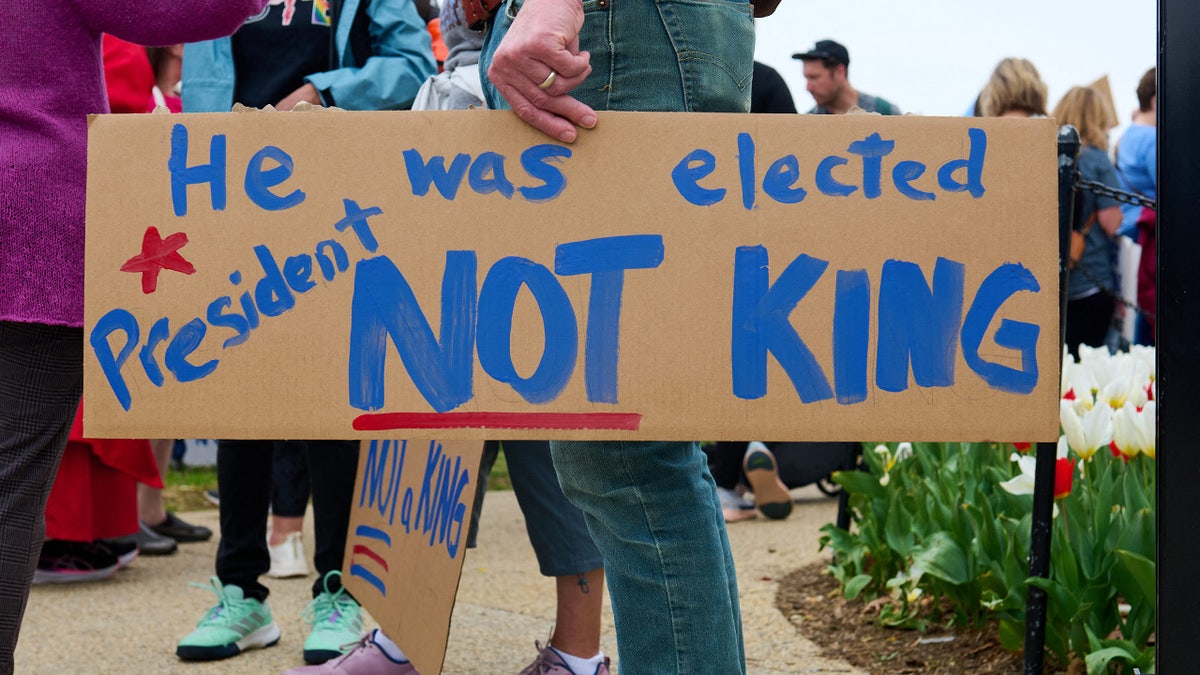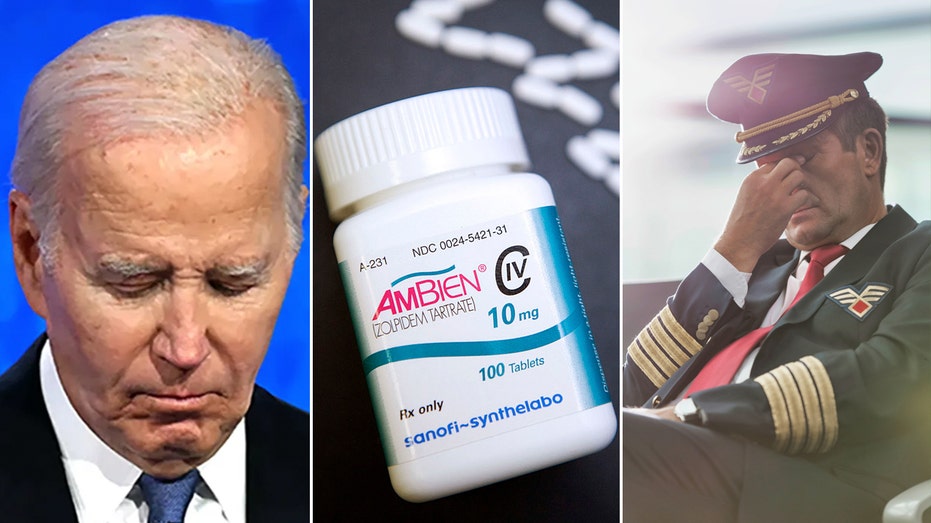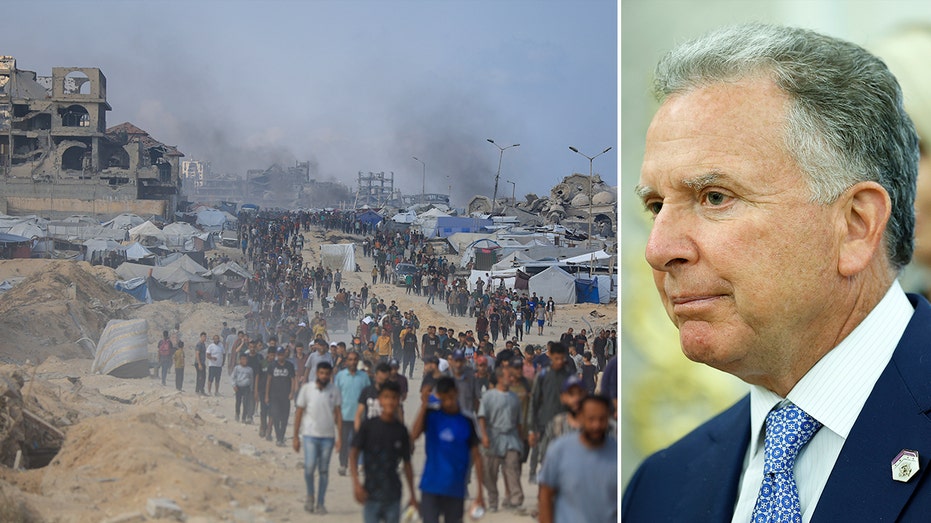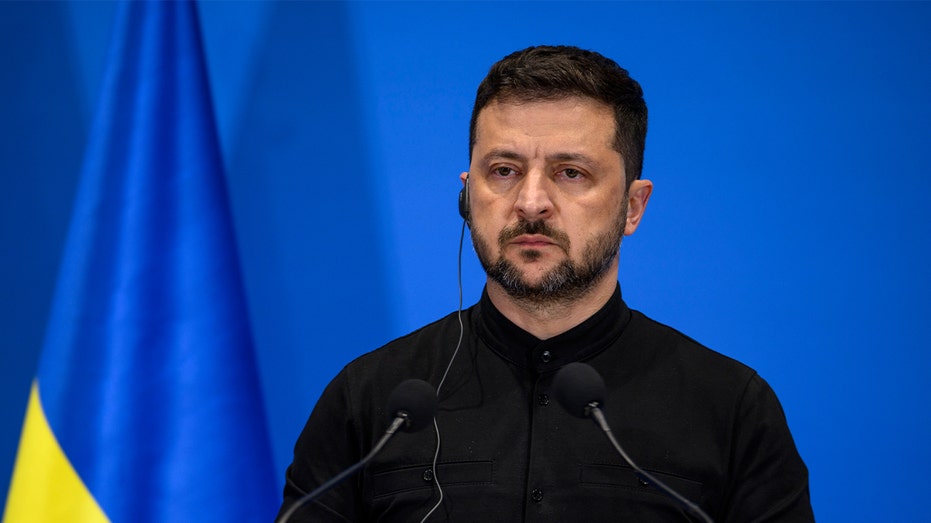Trump's Power to Quell Protests: Legal Might Amid Anti-ICE Riots in LA

Sarah Johnson
June 14, 2025
Brief
Protests against Trump turn violent in LA and beyond. Can the President legally deploy troops to restore order? Exploring his constitutional powers.
Across the nation, hundreds of cities and towns witnessed a wave of protests on Saturday, dubbed a 'day of defiance' against the Trump administration. While the right to criticize national policies is enshrined in the First Amendment, the line between free speech and violence has been crossed in some areas, raising questions about public safety. President Donald Trump, wielding both constitutional and legal authority, has the power to deploy troops to restore order when chaos threatens to undermine federal law.
In Los Angeles, recent anti-ICE riots have spotlighted the urgency of decisive action. Scenes of violence—protesters blocking federal buildings, attacking officers, and disrupting traffic on freeways—have spread to cities like Austin, Chicago, New York, and Denver. These acts aren’t just protests; they’re direct attempts to obstruct the enforcement of federal immigration laws, a domain the Supreme Court has explicitly reserved for federal authority.
In response, President Trump deployed 2,000 California National Guardsmen and 700 Marines to Los Angeles to protect federal agents and property. Yet, California Governor Gavin Newsom met this move with fierce opposition, calling it 'illegal' and 'unconstitutional,' and even daring federal authorities to arrest him. Such rhetoric may play well in political theater, but it ignores the president’s clear authority, backed by historical precedent and legal rulings, to use military force to safeguard federal operations.
Let’s be clear: this isn’t about replacing state responsibility for public safety. Unlike the chaos of the 1992 Los Angeles riots, today’s deployment focuses on enforcing federal immigration law and protecting federal personnel. The Supreme Court has long upheld this power, from the 1890 case of In re Neagle, affirming the government’s right to use force to execute its laws, to In re Debs in 1895, where troops were used to ensure national functions like mail delivery during labor strikes.
Trump’s current mission is defensive—force will only be used if rioters escalate attacks. But should disorder spiral into a broader collapse of law and order, the Insurrection Act of 1807 grants him the authority to intervene more aggressively, even without state consent. Historical examples, like Eisenhower’s deployment in Little Rock or Bush’s response to the 1992 riots, show this isn’t uncharted territory.
Critics may cry foul, alleging racial motives or targeting of minority communities. But this power is blind to color—it’s been used to enforce civil rights just as much as immigration law. If opponents want change, the path lies through Congress, legislation, and elections, not through obstructing federal duties on the streets. The Constitution isn’t a suggestion; it’s the rulebook we all play by.
Topics
Editor's Comments
Well, folks, it seems Los Angeles is hosting a blockbuster sequel—'Riot: Return of Chaos'—but this time, Trump’s playing the sheriff with a National Guard posse. Governor Newsom’s response? Calling it 'unconstitutional' while standing on a stage that might as well be labeled 'Drama Central.' Here’s the kicker: if protests are a right, obstructing federal law isn’t a bonus feature. Maybe it’s time for some to trade megaphones for history books—turns out, the Constitution isn’t just a prop!
Like this article? Share it with your friends!
If you find this article interesting, feel free to share it with your friends!
Thank you for your support! Sharing is the greatest encouragement for us.



